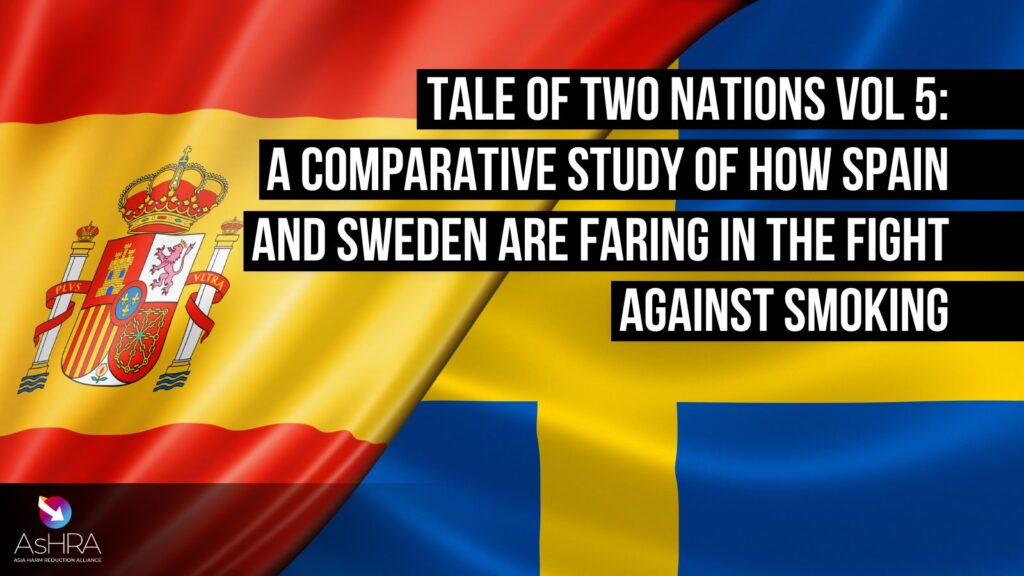Lung Cancer Awareness Month, observed in November, is significant in Asia, where lung cancer poses a substantial health burden due to various factors. November is also COPD (Chronic Obstructive Pulmonary Disease) Awareness Month! COPD is a significant health concern in Asia, and its prevalence is increasing due to several factors including air pollution and cigarette smoking.
In Asia, where smoking rates are often higher compared to other regions, the impact of lung cancer is substantial. It’s among the most prevalent diseases among all cancers and is the leading cause of cancer deaths within the Asian community.
Several factors have contributed to the increasing prevalence of lung cancer in the region, including high rates of smoking and lifestyle changes. In many Asian countries, smoking rates have been historically high among men, although there has been a concerning rise in smoking rates among women in some areas as well.
According to the World Health Organization (WHO), lung cancer is one of the leading causes of cancer-related deaths in China, with over 700,000 deaths annually. India has also witnessed an increase in smoking rates. According to the Indian Council of Medical Research (ICMR), lung cancer is one of the most common cancers among men and the third most common among women, with around 70,000 to 80,000 new cases diagnosed each year.

Addressing the challenge of lung cancer involves not only healthcare interventions but also comprehensive tobacco control and harm reduction policies, early screening programs, and access to less harmful nicotine products. Advances in technology have led to the development of alternative nicotine delivery systems that are less harmful than traditional cigarettes.
Introducing less harmful alternatives to traditional smoking methods can help current smokers transition to safer nicotine delivery methods, potentially reducing the health risks associated with smoking. This approach acknowledges that some individuals may find it challenging to quit smoking altogether, offering them alternative products that are potentially less harmful.
Reducing the prevalence of smoking-related diseases through harm-reduction strategies could alleviate the economic burden on healthcare systems in Asian countries. Fewer cases of lung cancer and other smoking-related illnesses could result in reduced healthcare costs.
Implementing tobacco harm reduction in Asia requires a comprehensive approach involving regulatory frameworks, public health campaigns, education, and continuous research. Addressing misconceptions, ensuring product safety and efficacy, and promoting these alternatives responsibly are crucial steps in encouraging smokers to consider less harmful nicotine delivery methods.
While complete cessation remains the ultimate goal, tobacco harm reduction can serve as an intermediate step toward improving public health outcomes and reducing the devastating impact of lung cancer in Asian populations.
Related Posts
 Time to support Filipino vape law, not relitigate it
Time to support Filipino vape law, not relitigate it
Time to support Filipino vape law, not relitigate it
 Greens’ Plan To Legalise Nicotine Vapes Lauded
Greens’ Plan To Legalise Nicotine Vapes Lauded
Greens’ Plan To Legalise Nicotine Vapes Lauded
 Taiwan Vaping Ban Disappointing For Its Many Smokers
Taiwan Vaping Ban Disappointing For Its Many Smokers
Taiwan Vaping Ban Disappointing For Its Many Smokers
More about
Alcohol Harm Reduction
More about





